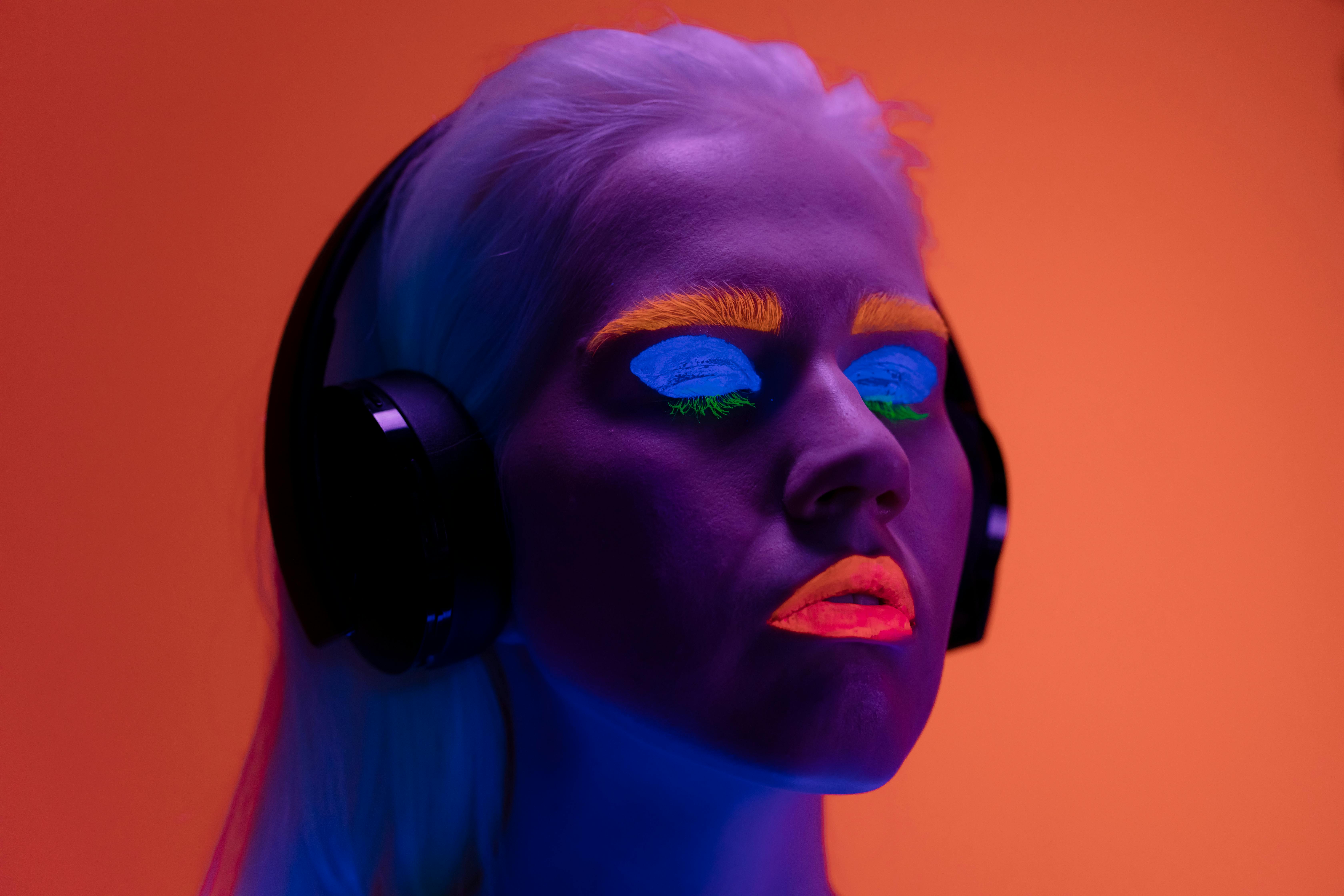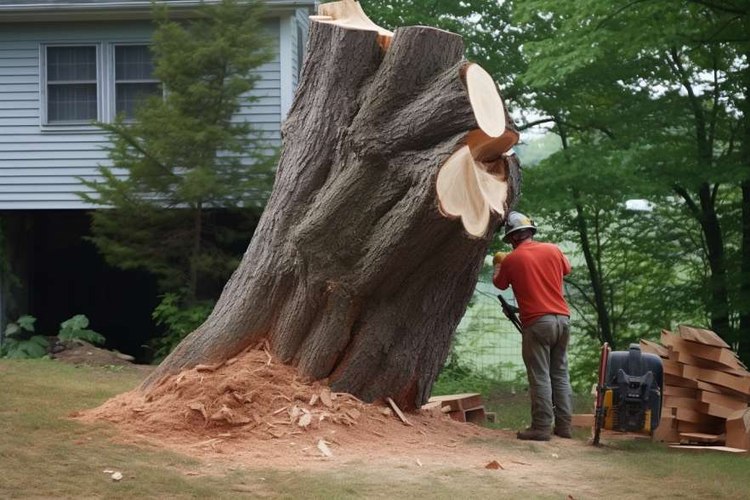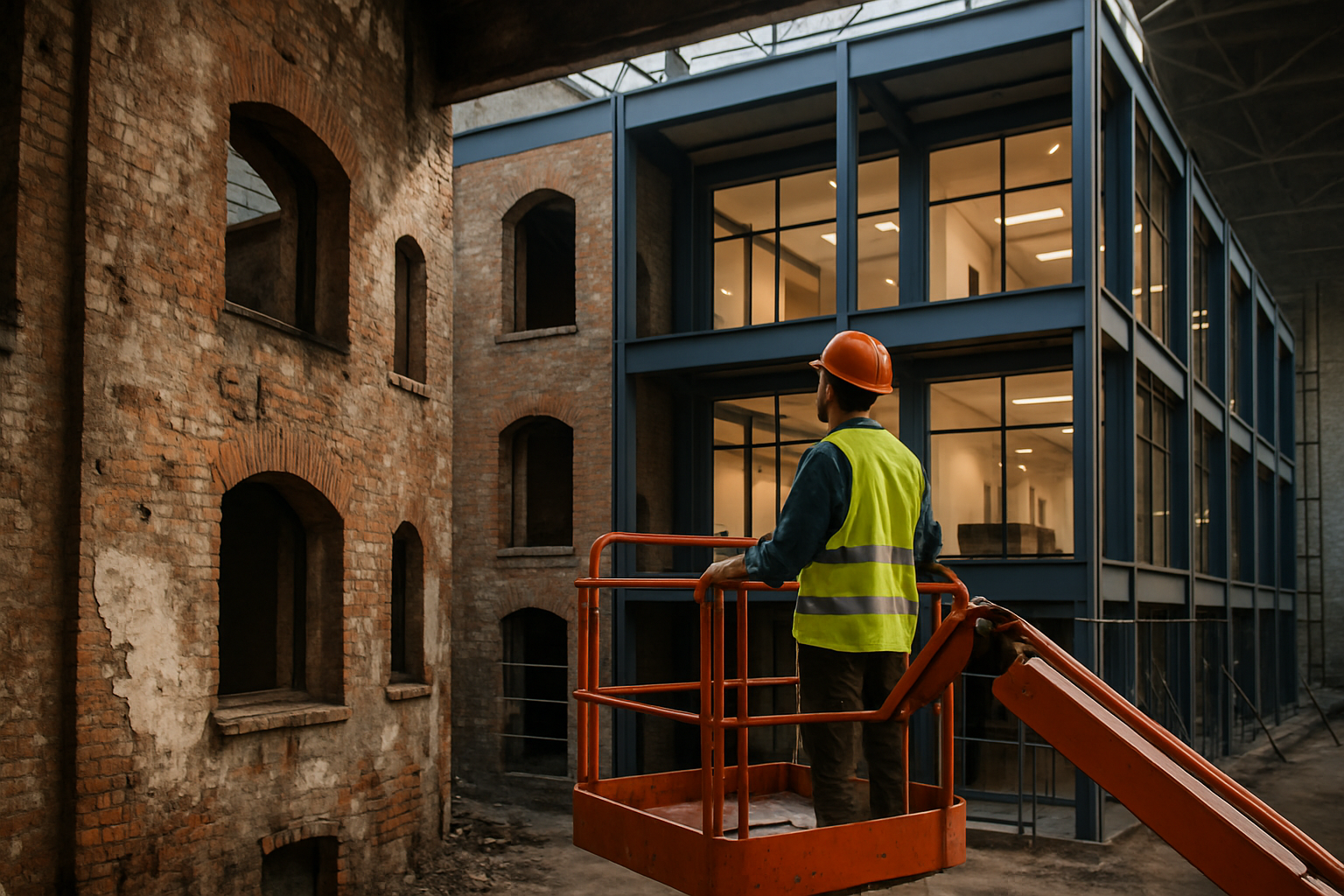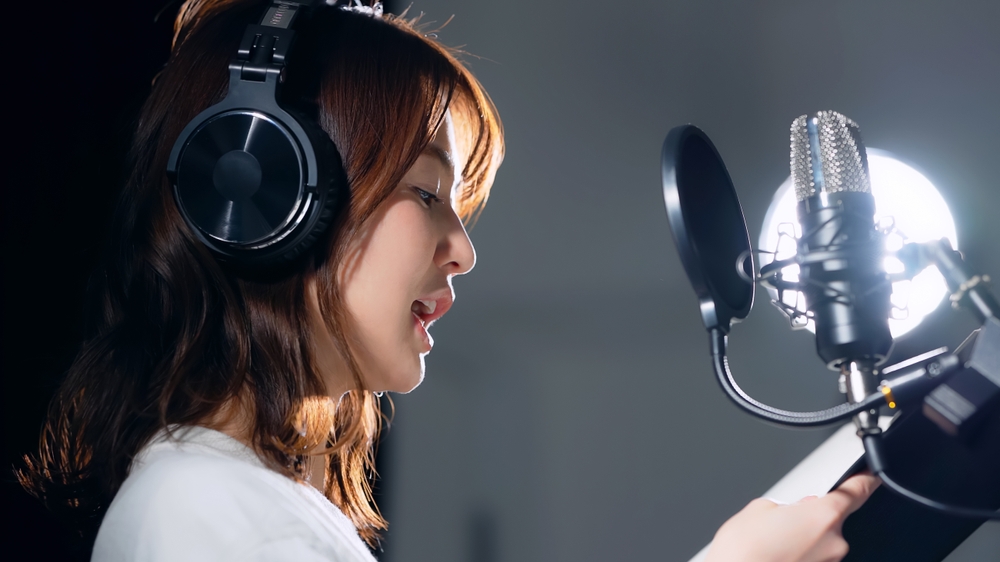Synesthetic Artistry: Merging Senses in the Creative Sphere
Immerse yourself in a world where colors can be heard, words can be tasted, and sounds can be seen. Welcome to the realm of synesthetic artistry, where boundaries between senses blur, creating a kaleidoscopic experience that challenges conventional artistic perception.

The Birth and Evolution of Synesthetic Art
Synesthesia, a neurological condition where stimulation of one sense involuntarily triggers another sense, has long been a subject of intrigue. However, its influence on the arts remained largely unexplored until the advent of the 20th century. Pioneering artists began experimenting with synesthetic principles to create multisensory experiences, integrating sight, sound, touch, taste, and smell. Artists like Wassily Kandinsky and Alexander Scriabin are known for their pioneering work in this field, blending music with visual art to create a harmonious sensory feast.
Synesthetic Art in the Contemporary Scene
Fast forward to the present day, and synesthetic artistry is making waves in the global art circuit. Renowned artists like Carol Steen and Melissa McCracken, both synesthetes, use their unique sensory experiences to create vivid, dynamic artworks that echo the symphony of their perceptions. Meanwhile, multimedia installations are emerging as popular platforms that allow artists to explore synesthetic concepts, incorporating elements like light, sound, and scent.
The Impact of Synesthetic Artistry
The significance of synesthetic artistry extends beyond the canvas or the installation. It challenges the way we perceive and interact with art, inviting us to engage our senses in a holistic, immersive manner. The reception has been largely positive, with critics lauding the innovation and audiences reveling in the unique experiences. Moreover, it has opened dialogues about neurodiversity and the importance of inclusive artistic expression.
The Path Forward for Synesthetic Art
Synesthetic artistry continues to evolve, with artists pushing boundaries and exploring new avenues. Virtual reality (VR) and augmented reality (AR) technologies present exciting possibilities for future synesthetic experiences, allowing artists to create virtual environments that stimulate multiple senses simultaneously. As technology continues to advance and our understanding of the human brain deepens, the potential for synesthetic artistry is boundless.
Conclusion
Synesthetic artistry represents a vibrant chapter in the narrative of modern art. By intertwining senses and challenging traditional perceptions, it offers a fresh, dynamic perspective on artistic expression. As technology continues to evolve, and as society becomes more open to diverse experiences, synesthetic artistry is poised to continue its exciting journey, paving the way for a new era of multisensory creativity.




